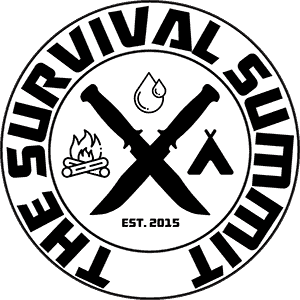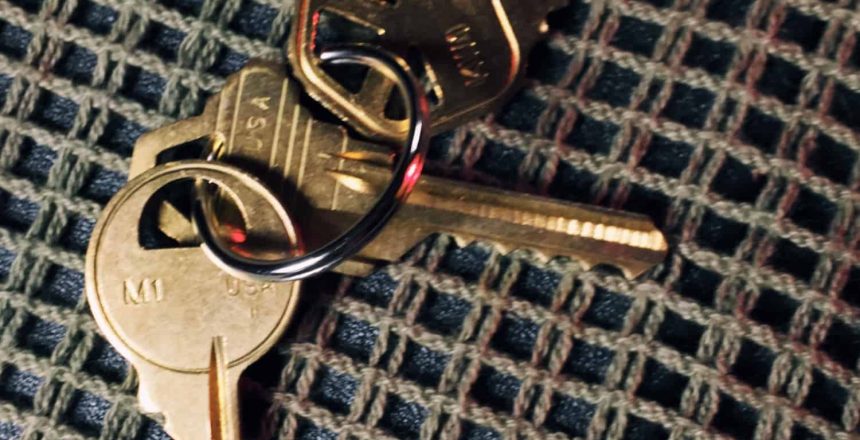Is a safe room a good idea?
If you do it right, yes. Doing it right means having a safe room that can stand up to the worst of Mother Nature and the worst two-legged predators.
A safe room must be:
- Sturdy. The room must be anchored so it cannot be easily moved. This means either a first floor or a basement safe room. Anything off the ground provides room for winds to rip underneath it and lift.
- Fire resistant if not fireproof. Some building materials provide better protection from flames than others. Concrete is ideal as it will not burn under usual circumstances and provides good protection against impacts. Pine straw is not a problem, but flying lumber, roofing tin and bullets are.
- Vented. An air-tight safe room is a tomb. You must have a way to get fresh air in and stale air out. If the building has collapsed around your safe room, it could be hours to days before you are rescued.
- The right size. A safe room the size of a large bathroom to a small bedroom is enough for several people.
WikiHow has an article with directions on how to build a safe room. The Federal Emergency Management Agency also has free downloadable storm shelter plans. Everyone in the house must know how to get into the safe room and how to lock the door behind them. A deadbolt with a knob on the inside is a must. In an emergency, looking f a key snot not even cross your mind.
PREPARE THE ROOM
Once you have the safe room, then you must stock it.
Water is the critical item. Try to have 1 gallon per day per person. That may sound like a lot, but if you are in the room for 2-3 days, you will be thankful for it. This covers required liquid for hydration, cooking and sanitation.
A bucket, toilet lid to sit on the bucket and paper. Even if you are in the safe room only for a few hours, the Call of Nature does not care. A bucket contains urine and feces. Paper cleans up the people and any accidents. It may not smell good, but at least you are not sitting in it.
Food is important, especially for children. An adult can go days without food. If you have babies or infants, put in a three-day supply of age-appropriate food for them.
Since a safe room is for protection from people as well, make sure you have something for self-defense in the room. Keep plenty of ammunition with your firearms.
Keep a good, strong ax in the room too. You may need to chop your way free. The ax is also a good weapon.
A few other items to add are:
- A flashlight with batteries or a hand crank chargeable light. Get one with a USB port so you can charge electronic devices.
- A knife.
- Fist aid kit.
- Radio, either battery powered or a hand-cranked one.
- Games. Finding something to occupy the mind during a disaster or emergency can be life saving.
Things to NOT keep in a safe room are:
- Liquid fuels.
- Cleaning supplies. Mix the wrong two chemicals in the dark and you have a major problem.
- Glass containers. Broken glass is always hazard, doubly so in the dark.
- Never use your safe room as a storage room. In an emergency, you will not have time to empty it.
We are always interested in hearing from you. Got ideas, tips or suggestions? We want to hear them or you can comment below.



